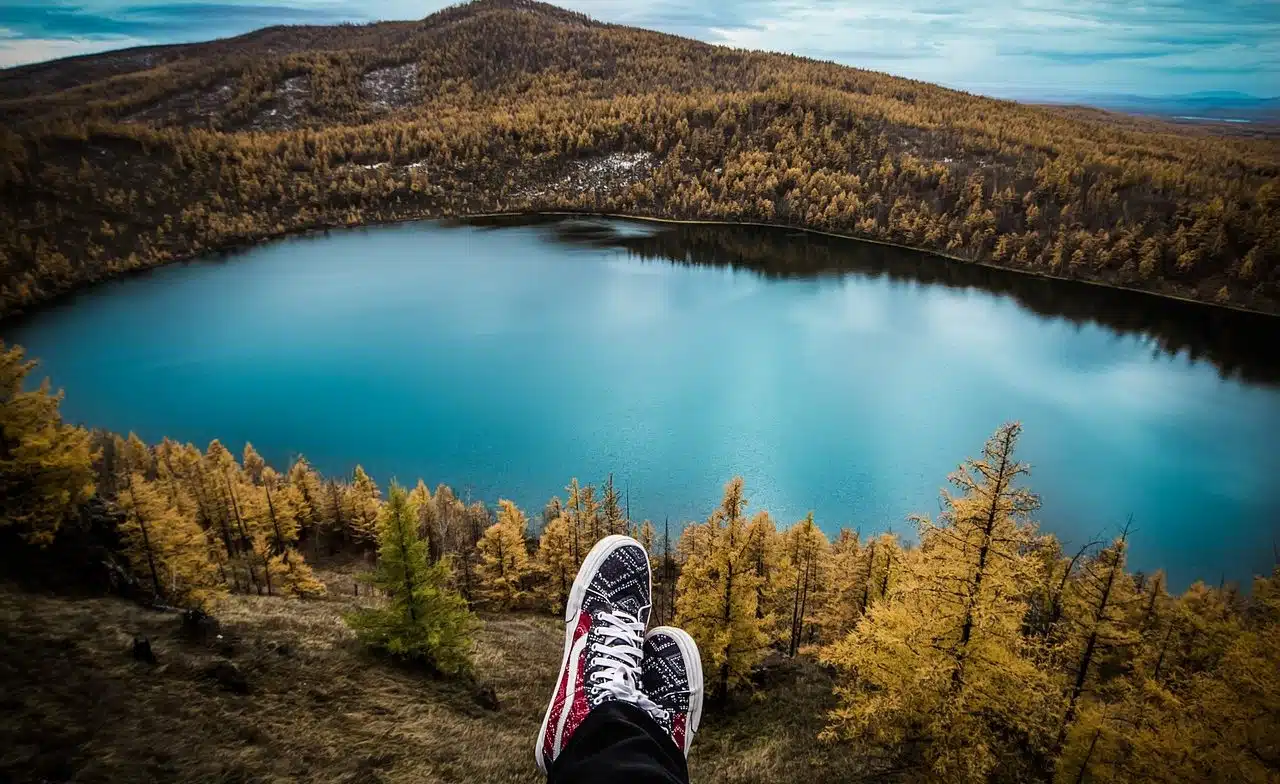
A lake is a permanent body of water found in depressions in a piece of land.
Lake is a permanent mass of water that is deposited in the depressions of a land. The formation of a lake - a term from the Latin lacus - occurs from geological faults (which generate depression in the terrain ), from the accumulation of glacial moraines (accumulation of stones and mud) or from the obstruction of a valley due to of avalanches produced on its slopes.
For example: “My boyfriend invited me to spend the weekend in a cabin by the lake” , “This summer I am going to go to Lake Otero to sail and enjoy the beach” , “They say that this lake lives in a great variety of fish.”
Types of lakes
A lake can have fresh or salt water, coming from rivers or from the outcrop of groundwater. Those large lakes that do not have access to the sea are usually called closed seas. This is the case of the Caspian Sea , which is located between Asia and Europe .
It is possible to talk about different types of lakes. Artificial lakes are those created by humans to take advantage of hydraulic energy , have a source of drinking water, carry out water sports or recreational activities, etc. In these cases, lakes are also known as dams , dams or reservoirs.
A crater lake , on the other hand, is one that forms in a volcanic crater from precipitation. A glacial lake , on the other hand, is produced from the dynamics of thick layers of ice on gently sloping terrain.
It should be noted that anything belonging to or related to lakes is known as lake : “The lake walk was what I liked most about the vacation.”

Water sports are practiced in many lakes.
The case of Retba
Less than an hour from the capital of Senegal is a very particular lake, which usually impresses its visitors with the pink color of its waters, typical of a fairy tale: the Retba . At first glance, it may seem like an effect caused by photographic retouching, but there is a scientific explanation that quickly convinces the unbelievers and makes them want to visit this impressive landscape: a bacteria called Dunaliella salina lives in the lake and gives off a pigment red to absorb sunlight.
Two narrow dunes separate the lake from the Atlantic Ocean , a fact that explains its high salt content, which is compared to that of the Dead Sea and even exceeds it during the dry season (November to June). Dunaliella salina, a type of halophilic microalgae especially known for its antioxidant action and used in cosmetics and nutrition, is attracted to such salinity, and the characteristic color it provides to water is also appreciated, especially in the dry season.
Given the high saline content of Lake Retba , very few organisms are capable of surviving in its waters, which is why humans take advantage of it mainly as a tourist destination and for the extraction of salt, an activity that takes place throughout the entire year. year by local people. It is worth mentioning that around its 3 square kilometers of surface, no village or town of great relevance at a tourist or industrial level has been developed.
A very important fact for visitors is that the bacteria that gives this lake its pink color is absolutely harmless to human beings, which is why it is possible to swim in its waters. There are other pink lakes in the world, although they are usually very small or artificial. On the other hand, there is Lake Hillier , in Australia , which was discovered two centuries ago and the cause of its color is still unknown.
